Do you have a question about the Mazda TRUCK and is the answer not in the manual?
Describes routine maintenance tasks for normal driving conditions.
Details maintenance for demanding conditions like towing or dusty environments.
Provides contact information for customer support and dealer assistance.
Information on ignition, anti-theft key, and key number plate usage.
Operation of power door locks and power window switches.
Switches for headlights, turn signals, hazard lights, and wipers.
Controls for hazard warning lights and the audio system interface.
Operation of climate controls, power outlets, and cruise control.
Explanation of the various gauges on the instrument panel.
Meaning and action required for dashboard warning indicators.
Operation of power windows and dual power mirrors.
How to use the power door lock switches and features.
Functionality and operation of the keyless remote entry system.
Instructions for setting and using the cruise control.
Controls for interior lights and the fuel pump shutoff switch.
How to adjust seat position, angle, and lumbar support.
Procedure for adjusting the shoulder belt height.
Explanation of dual locking mode and automatic locking retractors.
Guidelines for installing child safety seats safely.
How to deactivate the passenger front air bag for child seats.
Description of the console's coin tray and storage areas.
Operation of the AM/FM radio tuner and presets.
Operation of the single-disc CD player and its functions.
Controls for tone, clock setting, and scan function.
Controls for volume, CD door access, and loading media.
Using seek, scan, shuffle, fast forward, and rewind for audio.
Adjusting bass, treble, balance, fade, and using system menus.
Setting and using radio memory preset buttons.
Explanation of gearshift lever positions and overdrive.
Clutch operation and gear shifting procedures for manual transmission.
How to use 2WD, 4x4 HIGH, and 4x4 LOW modes.
Adjusting fan speed, temperature, and air flow direction.
Explanation of MAX A/C and standard A/C cooling modes.
Guidance for the initial 1,000 miles of vehicle use.
How ABS functions, self-test, and braking tips.
Advice on tire pressure, wear, and maintenance.
Identification of key components in the engine bay for different engine sizes.
Location and checks for coolant, clutch, brake, and power steering fluid.
Location of the engine oil filler cap and air filter.
Location of the battery and the main fuse block.
Location and filling instructions for the windshield washer fluid.
Procedure for checking the automatic transmission fluid level.
Describes routine maintenance tasks for normal driving conditions.
Details maintenance for demanding conditions like towing or dusty environments.
Provides contact information for customer support and dealer assistance.
Information on ignition, anti-theft key, and key number plate usage.
Operation of power door locks and power window switches.
Switches for headlights, turn signals, hazard lights, and wipers.
Controls for hazard warning lights and the audio system interface.
Operation of climate controls, power outlets, and cruise control.
Explanation of the various gauges on the instrument panel.
Meaning and action required for dashboard warning indicators.
Operation of power windows and dual power mirrors.
How to use the power door lock switches and features.
Functionality and operation of the keyless remote entry system.
Instructions for setting and using the cruise control.
Controls for interior lights and the fuel pump shutoff switch.
How to adjust seat position, angle, and lumbar support.
Procedure for adjusting the shoulder belt height.
Explanation of dual locking mode and automatic locking retractors.
Guidelines for installing child safety seats safely.
How to deactivate the passenger front air bag for child seats.
Description of the console's coin tray and storage areas.
Operation of the AM/FM radio tuner and presets.
Operation of the single-disc CD player and its functions.
Controls for tone, clock setting, and scan function.
Controls for volume, CD door access, and loading media.
Using seek, scan, shuffle, fast forward, and rewind for audio.
Adjusting bass, treble, balance, fade, and using system menus.
Setting and using radio memory preset buttons.
Explanation of gearshift lever positions and overdrive.
Clutch operation and gear shifting procedures for manual transmission.
How to use 2WD, 4x4 HIGH, and 4x4 LOW modes.
Adjusting fan speed, temperature, and air flow direction.
Explanation of MAX A/C and standard A/C cooling modes.
Guidance for the initial 1,000 miles of vehicle use.
How ABS functions, self-test, and braking tips.
Advice on tire pressure, wear, and maintenance.
Identification of key components in the engine bay for different engine sizes.
Location and checks for coolant, clutch, brake, and power steering fluid.
Location of the engine oil filler cap and air filter.
Location of the battery and the main fuse block.
Location and filling instructions for the windshield washer fluid.
Procedure for checking the automatic transmission fluid level.
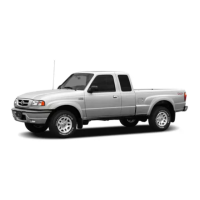
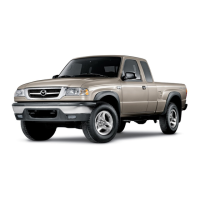
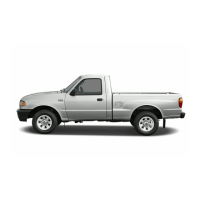
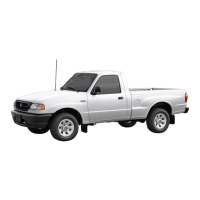
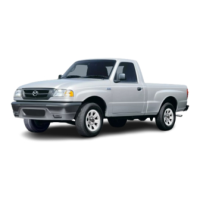

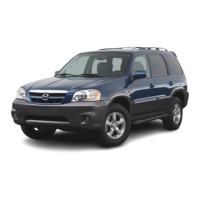
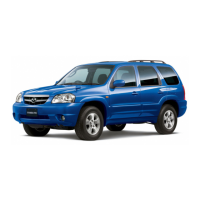
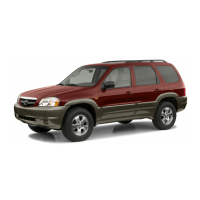

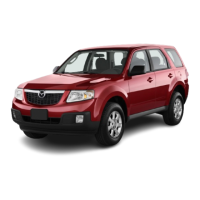
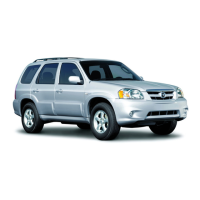
